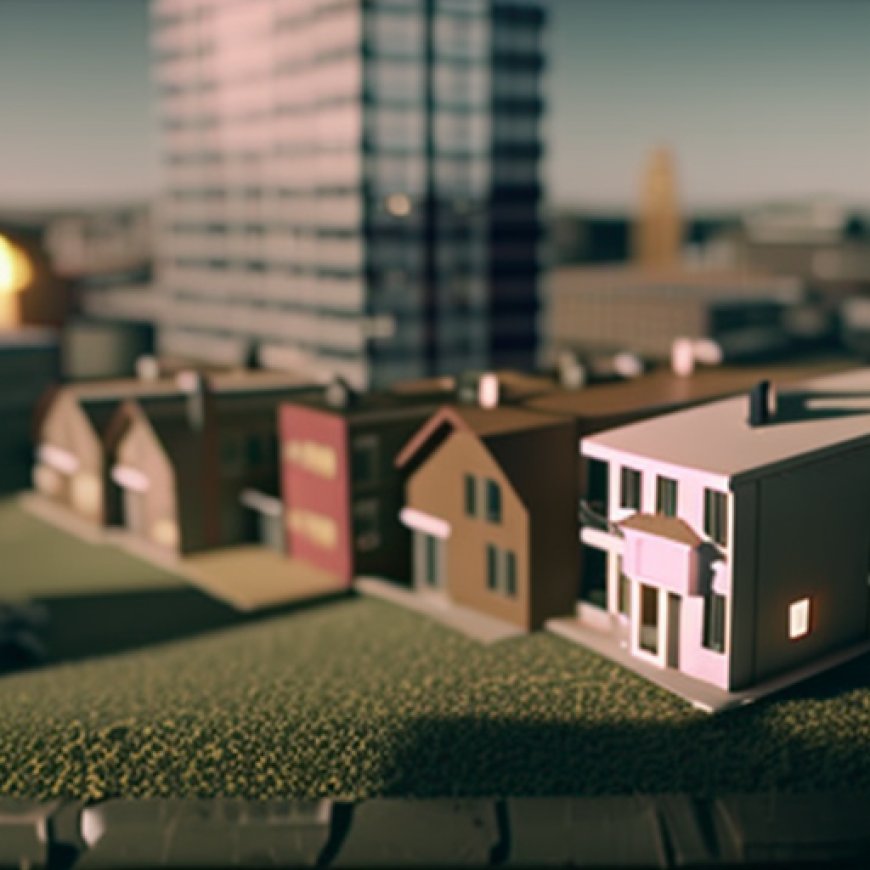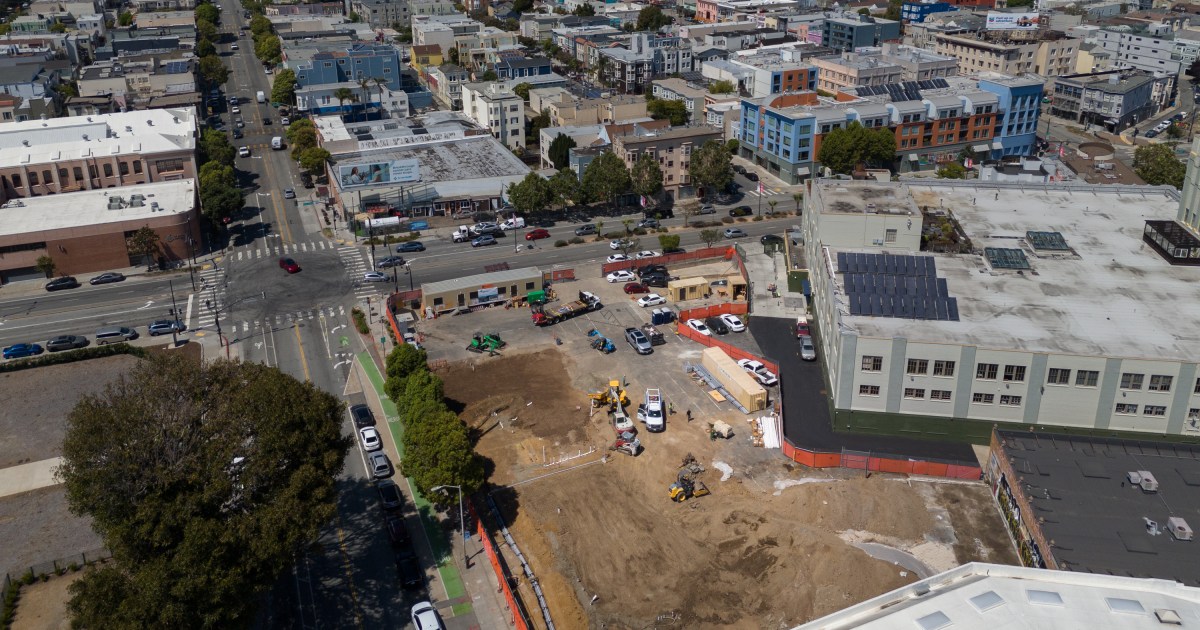SF housing group says it solved the math on affordable housing


Senior Housing Developer Sequoia Living Purchases Vacant Lot for Affordable Housing Project

Introduction
Senior housing developer Sequoia Living recently acquired a vacant 1-acre lot for $13.5 million in 2022. The purchase was made in cash during a period when real estate financing had become difficult. The nonprofit organization has partnered with Mercy Housing California to develop a portion of the site, while also planning a separate 126-unit senior housing development alongside 1633 Valencia. The groundbreaking for this project is scheduled for 2026.
Background
The housing accelerator’s model for the 1633 Valencia project is based on the Tahanan, a 145-unit building for the chronically homeless located at 833 Bryant St. in SoMa. The construction of Tahanan was initiated through a private donation and developed by Mercy Housing in collaboration with the Housing Accelerator Fund and Tipping Point Community, a nonprofit organization founded by mayoral candidate Daniel Lurie.
Challenges Faced
Although the Tahanan project was considered a success by housing activists, it faced opposition from local trade unions due to its use of modular construction. The construction process involved building large portions off-site at a factory in Vallejo before being transported to San Francisco for final assembly.
As a result, the developers of 1633 Valencia decided not to pursue modular construction for their project. Instead, they plan to achieve cost savings through “construction efficiencies” by involving architects, contractors, and subcontractors from the beginning. This collaborative approach aims to align all stakeholders on price and budget. The building’s floor plans will be modeled after those of the Tahanan, which is expected to expedite the construction process.
SDGs, Targets, and Indicators
1. Which SDGs are addressed or connected to the issues highlighted in the article?
- SDG 11: Sustainable Cities and Communities
- SDG 1: No Poverty
- SDG 10: Reduced Inequalities
2. What specific targets under those SDGs can be identified based on the article’s content?
- SDG 11.1: By 2030, ensure access for all to adequate, safe, and affordable housing and basic services and upgrade slums.
- SDG 1.1: By 2030, eradicate extreme poverty for all people everywhere, currently measured as people living on less than $1.25 a day.
- SDG 10.2: By 2030, empower and promote the social, economic, and political inclusion of all, irrespective of age, sex, disability, race, ethnicity, origin, religion, or economic or other status.
3. Are there any indicators mentioned or implied in the article that can be used to measure progress towards the identified targets?
The article does not explicitly mention any indicators to measure progress towards the identified targets. However, the following indicators could be relevant:
- Number of affordable housing units created
- Percentage of population living in slums
- Percentage of population living below the poverty line
- Level of social, economic, and political inclusion
4. SDGs, Targets, and Indicators
| SDGs | Targets | Indicators |
|---|---|---|
| SDG 11: Sustainable Cities and Communities | SDG 11.1: By 2030, ensure access for all to adequate, safe, and affordable housing and basic services and upgrade slums. |
|
| SDG 1: No Poverty | SDG 1.1: By 2030, eradicate extreme poverty for all people everywhere, currently measured as people living on less than $1.25 a day. |
|
| SDG 10: Reduced Inequalities | SDG 10.2: By 2030, empower and promote the social, economic, and political inclusion of all, irrespective of age, sex, disability, race, ethnicity, origin, religion, or economic or other status. |
|
Source: sfstandard.com








